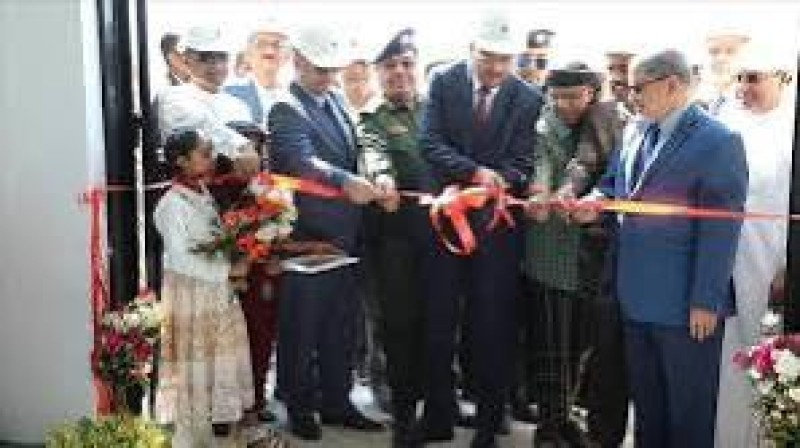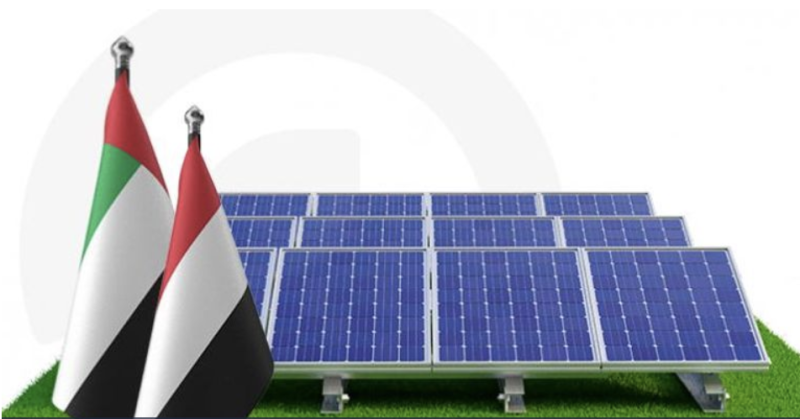IOM Yemen: Ma’rib Response


SITUATION OVERVIEW
Over the past two weeks, conflict trends in Ma’rib have remained relatively the same with fighting concentrated across northwest, west and south-west of Ma’rib city; affecting people in Sirwah district the most. IOM teams have recorded more than 2,650 households (HHs) becoming displaced from or within the Sirwah district since February 2021, and in the first two weeks of May, 121 HHs within Sirwah alone. In total, some 2,912 HHs (20,384 individuals) are estimated to have been displaced across the governorate since February 2021. These numbers reflect those that have been registered by Rapid Response Mechanism teams, and reports indicate that the figures could be higher, as IOM continues to record new arrivals across various sites.
The rate of displacement is concerning, as the humanitarian and protection situation spirals and heavy rains are expected in the coming weeks. The types of shelters in some internally displaced persons (IDP) hosting sites (a majority being tents) will likely not withstand heavy storms and partners anticipate a further widening of shelter and water, sanitation and hygiene (WASH) gaps. IOM and partners estimate that the forecasted heavy rains and flooding will affect at least 90 per cent of IDPs living in formal/informal sites. In Al Sowayda IDP site, where the majority of the IDPs from Al Mil area in Sirwah are settling, there are large WASH and health gaps. The IDP site was affected by heavy storms in April when at least 512 shelters were destroyed. Since then, families who lost their household items and belongings are residing in makeshift shelters or sharing with others, relying on neighbourly support to survive. In addition to the need for an immediate shelter response, the site requires urgent flood risk reduction installations.
As IDPs continue to flee conflict affected areas, local authorities are directing IDPs to less crowded districts in the governorate, and there are some reports of larger groups of IDPs being stopped from leaving Sirwah by security actors. As of 9 May 2021, IOM estimates that the conflict has forced 21,545 HHs (150,815 people) to leave their homes or displacement sites since January 2020, mainly moving to safe areas in Ma’rib City, Ma’rib Al Wady, Sirwah and Al Juba districts. Meanwhile, as IDP hosting sites like Al Jufainah (the largest in the country) become more and more crowded, fire incidents have become more common. Al Jufainah, which hosts 9,5801 IDP HH (up from 3,000 in March 2019) has experienced four fire incidents so far in May, and nine incidents in total this year, with six reported deaths. IOM continues to work, together with partners, to train community volunteers on fire prevention, provide IDPs with fire extinguishers, and improve the faulty electricity network, which is one of the most common causes. However, the increasing number of fire incidents is also widening shelter gaps here and in other sites in Ma’rib Al Wadi. If gaps in WASH, food, shelter, and health assistance continue to go unmet and are compounded by the conflict and extreme weather-related events, living conditions for IDPs will only continue to deteriorate to even more extreme levels.

Aden — Ports under the authority of Yemen’s internationally recognized government have received more than two million metric tons of fu…

Mukalla — Local authorities in Hadramout have announced the inauguration of Yemen’s first solar-powered cement station, a landmark proj…

AbuDhabi -- The United Arab Emirates has pledged $1 billion to bolster Yemen’s electricity sector, marking one of the largest development com…